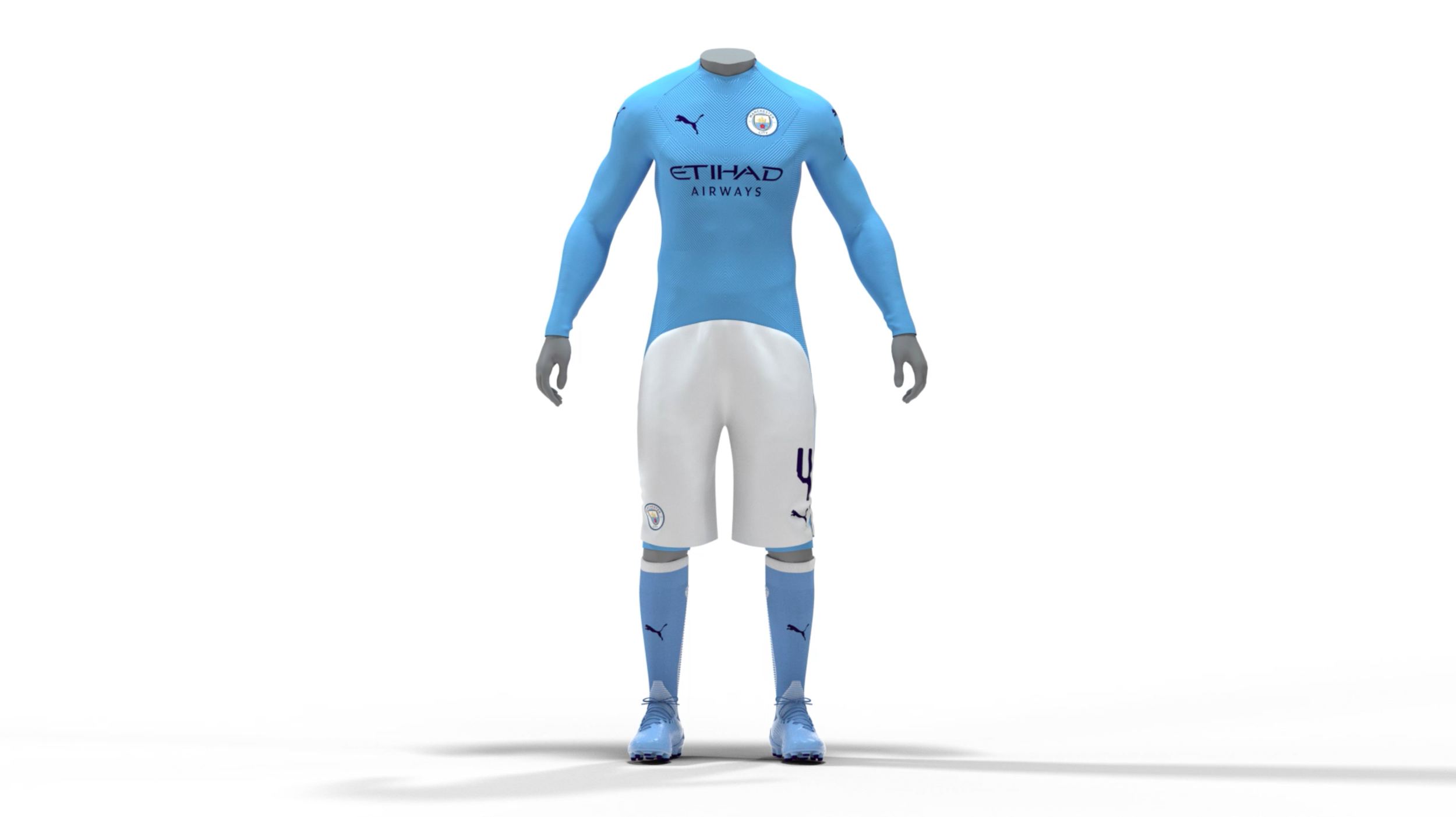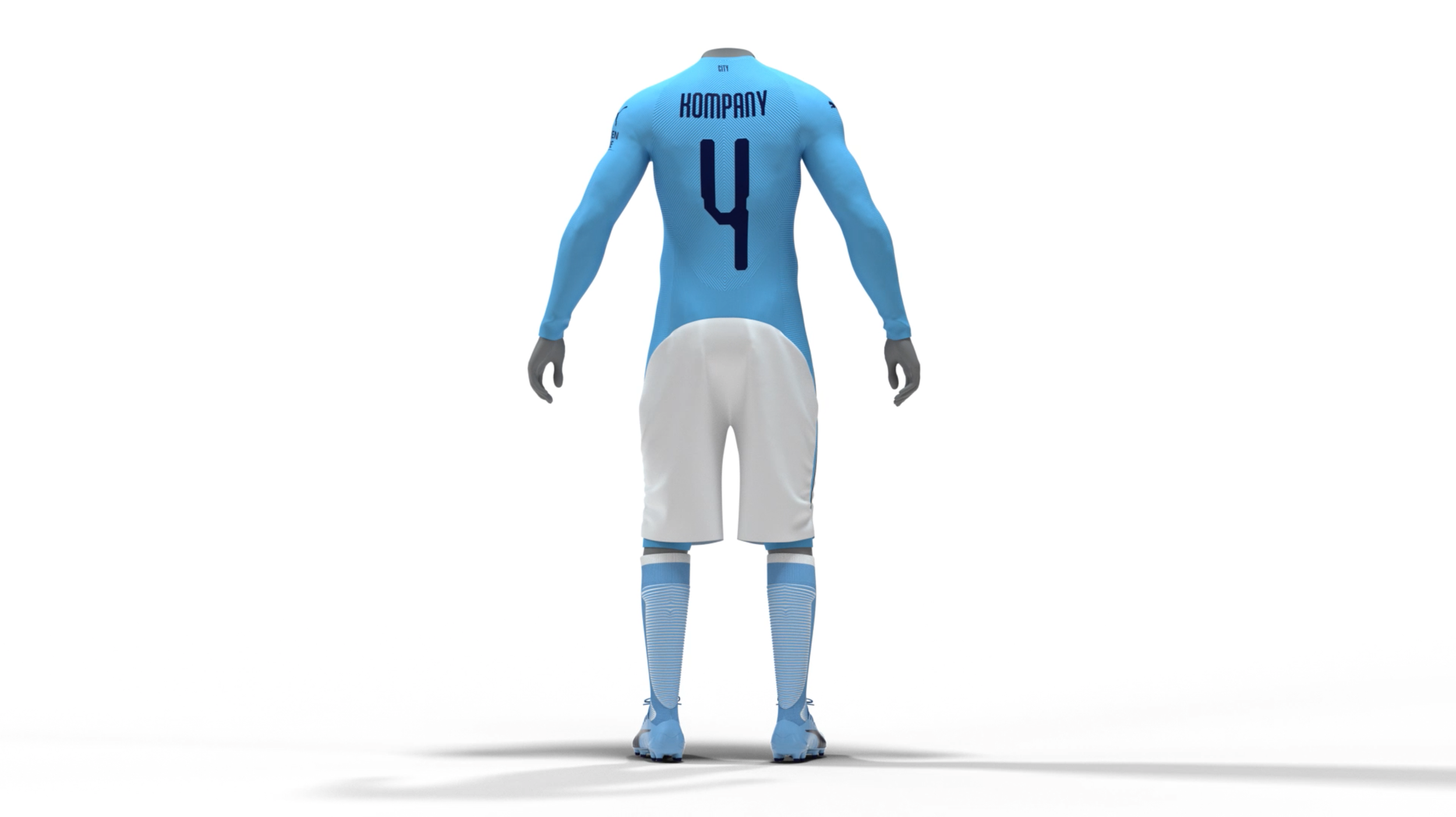“Don't be governed by the grid, govern the grid. A grid is like a lion cage - if the trainer stays too long it gets eaten up. You have to know when to leave the cage - you have to know when to leave the grid.”
— Massimo Vignelli
The only reason why a football kit exists as two pieces is because it is defined as such in the Fédération Internationale de Football Association (FIFA) rule book. There are reasons for these regulations in that they ensure uniformity. But they go against standards of top performance. The truth is that in sports a garment made of fewer parts, minimal layering of material, is seamless and close-fitting promotes freedom of movement and comfort which leads to better performance. The status quo does not deliver on that promise.
At Puma Innovation we took initiative to shape a vision for the future of football performance free of the rules that restrict innovation. The result is the Unikit. The concept focuses on seamless integration of the players jersey and short in such a way that the player gains dynamic freedom of movement, less weight and optimum comfort. Rather than loose, redundant layers of fabric, the foundation of the kit is a knitted, anatomically designed, one-piece garment that is form-fitted to the body. While performance is key in elite level play, a football ‘look’ is also important. That’s why the Unikit includes fabric panels at the front and back seamlessly integrated into the one-piece garment foundation through a patented construction process. Alas, the player looks the part while benefitting from the less-is-more ethos of the Unikit.

Manchester City served as the muse franchise for the Unikit.

Project Profile
What is it?
A football kit designed for high-level on-pitch performance. It combines base-layer functionality and traditional appearance.
Why is it innovative?
Through its unique material use and patented construction it minimises layers, reduces weight and promotes freedom of movement.
What were the biggest challenges?
Developing the pattern in such a way that makes the garment easy to take on and off.
What was your role?
Creative Director, Collaboration Leader
Why was it successful?
Because it breaks paradigms of construction for the right reasons.



